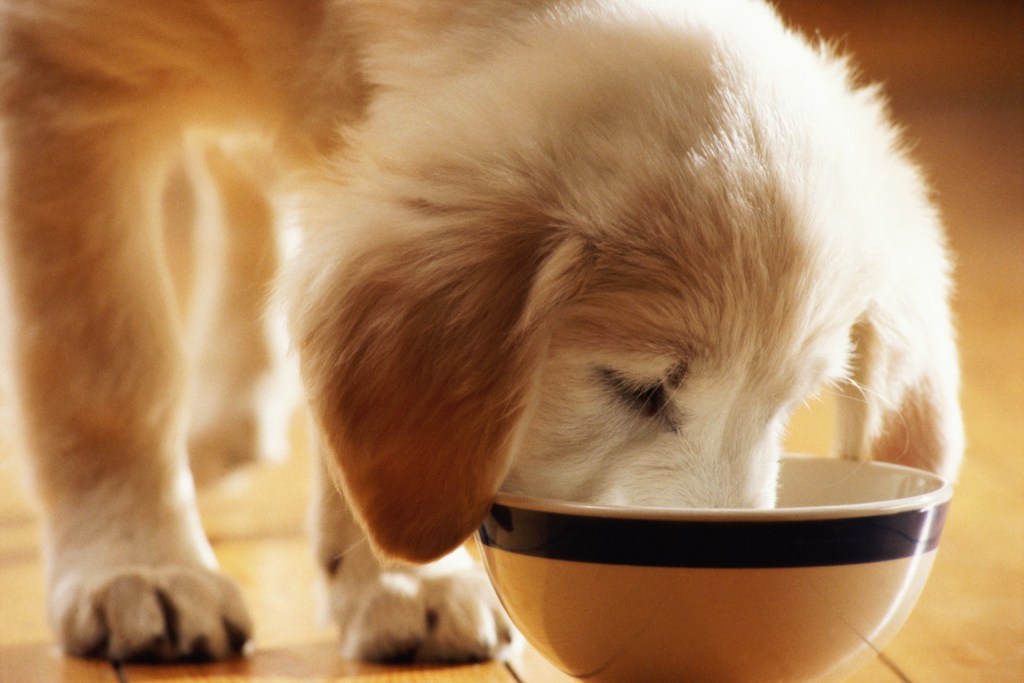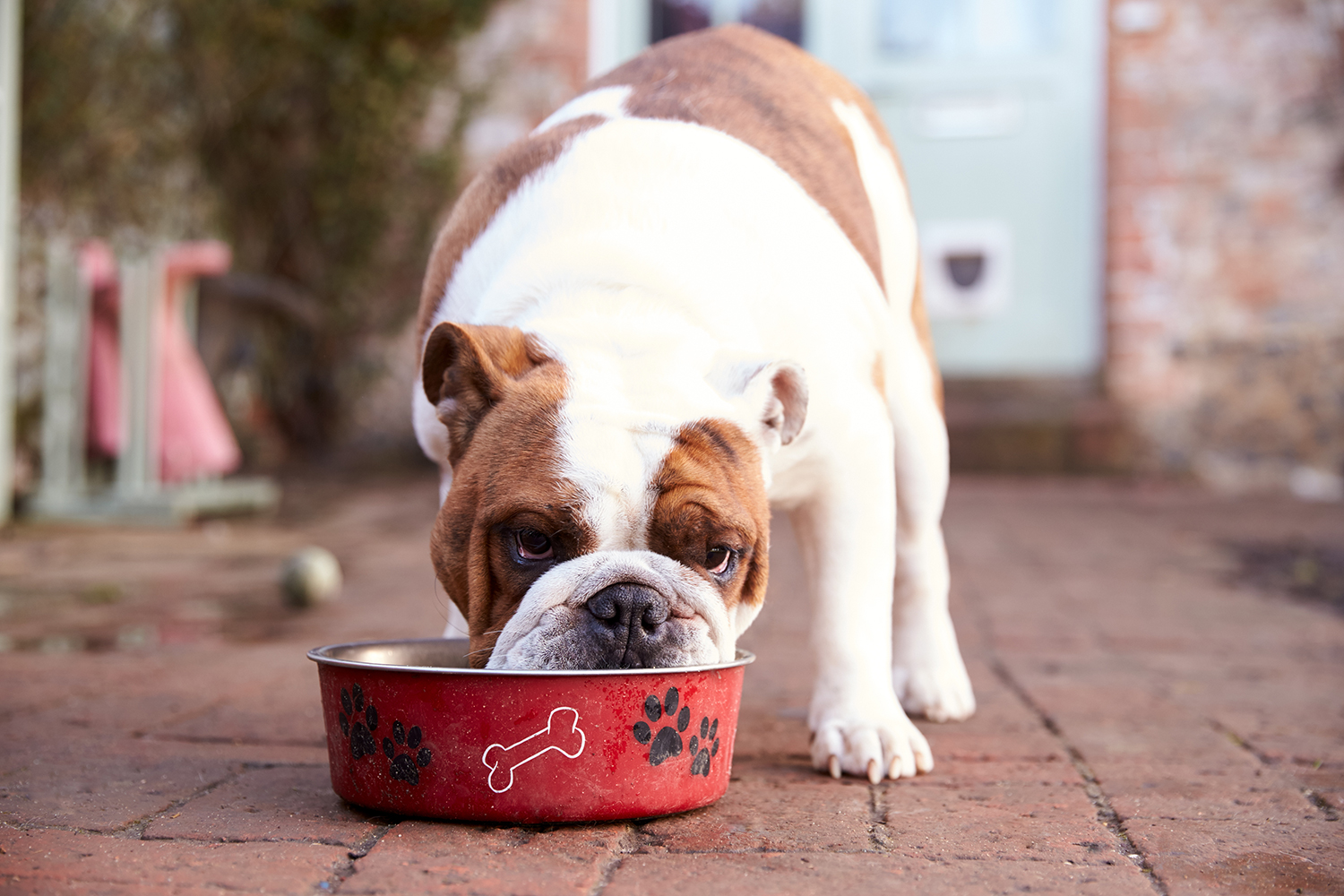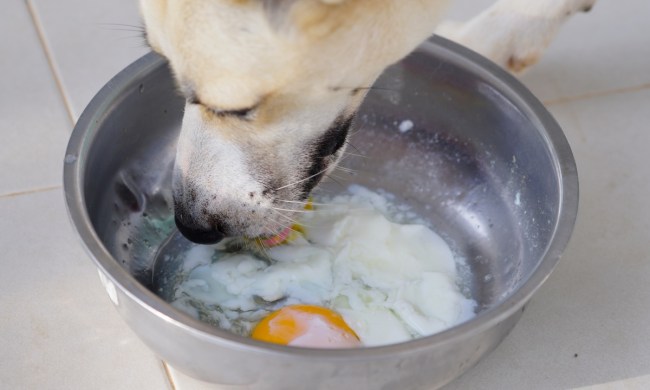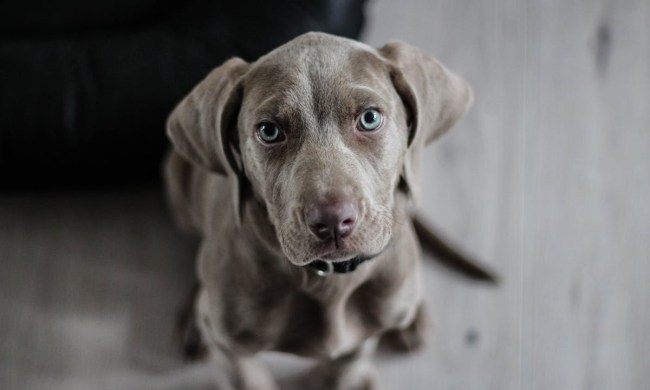Dried dog food is easier to store and serve, but wet food has so many advantages. If your dog won’t eat anything but wet dog food, you aren’t doomed to throw away half cans of food as your dog finishes eating. You can store wet food using proper food safety to help cut down on your food cost and the hassle.
Before you chuck that whole can in the freezer, you need a plan of action. How will you store your wet food and when? Why are you choosing to freeze your wet food, and is there another option that works better with your lifestyle? Let’s take a look at all these questions.

The benefits of wet dog food
Wet dog food is often more appetizing to dogs than dry, which can encourage picky eaters to get a full serving with nutrients. If you make your own dog food, this option can open up your dog to a well-balanced, nutritious diet.
Wet foods come in a large variety of flavors and ingredients, which can help you choose foods your dog loves or foods that don’t aggravate your dog’s allergies. You can also provide meals that can pivot with your dog’s needs, including changing nutritional density for pregnancy or seasonal changes like hunting or sporting season.
The downsides of wet food
Wet foods are harder to store and harder to portion out. Few dogs eat one single can of wet food, which means you’ll probably be storing foods in your fridge or freezer to make up the different portion sizes.
Wet food doesn’t stay good as long as dried food does once the package is opened. You’re on a ticking clock the moment you pop the seal, so you’ll need a realistic plan for preserving your dog’s food.
Can you freeze dog food?
The short answer is yes. Wet food does well in the freezer for a far longer period of time than it would at room temperature. This could be a good solution for ensuring you get the most out of your wet food cans or pouches.
You’ll need to figure out how to store and why you’re storing your wet food, however. A good plan can make sure you don’t waste food and that you can store your dog’s food conveniently while removing some of the hassles of serving wet food in the first place.
Choose the right storage
You can’t just freeze the cans. Wet food has high moisture content, and when that freezes the food expands. It could explode out of the can as a worst-case scenario or leak out as the best-case scenario, leaving you to clean up a huge mess.
Instead, open the can and portion out based on your dog’s serving sizes. Use freezer-safe bags or plasticware to ensure your food is safe and airtight. It helps to use things that will stack easily and thaw quickly to keep your food situation convenient.
Choose the right method
Freezing a hunk of food is going to cause problems later as you desperately try to thaw it out. Instead, consider how you’ll serve it and freeze it to facilitate that method.
- Take your wet food from its packaging and divide it into the portion sizes your dog needs. Freeze these portions separately so that when you thaw them out, you’re thawing an entire portion on its own.
- Another method is to freeze bite-size pieces into something like a silicone ice tray. You can pop out just enough to thaw for a meal each time.
- Freeze portions in flatter forms, such as in plastic bags. The flatter they are, the easier they are going to thaw.
- Place food in the fridge to thaw 24 to 48 hours ahead to help keep food safe. You can also place the food on the counter at room temperature a few hours before you serve it to finish thawing.
- If your dog prefers warm food, you can thaw food gently in the microwave, taking care not to overheat it. Stir thoroughly and allow it to sit before serving to ensure there are no hot spots.
Follow all the right precautions to ensure your dog’s food stays good and develop a system so that you always have food ready for your dog to eat.
Storing dog food the right way

You don’t have to throw away uneaten dog food. Freezing the food the right way in usable portions should help preserve your wet food. Consider efficient portions and freeze accordingly to ensure that defrosting is an easy task.
Above all, serving your dog nutritious food that encourages him or her to eat a full meal is the most critical part. Your dog needs complete nutrition for health and well-being, so it’s essential to consider how to keep your dog’s food. Help your dog build proper nutrition for a long, healthy life.


